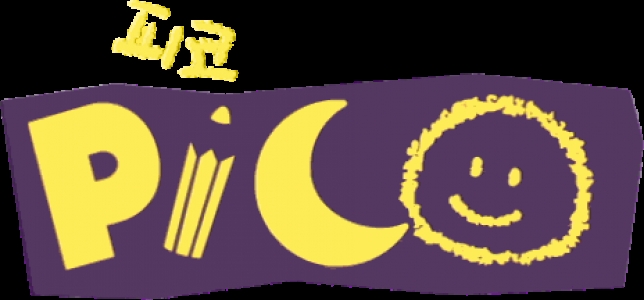
Sega Pico
Sega Pico Specifications
| Manufacturer: | Sega |
| Developer: | Sega |
| CPU: | Motorola 68000 |
| Memory: | 64 KB RAM, 64 KB VRAM |
| Graphics: | Yamaha YM7101 |
| Sound: | Yamaha YM2612 5 channel FM and 1 channel FM/PCM, Texas Instruments SN76489 4 channel PSG (Programmable Sound Generator) |
| Medium: | Cartridge |
| Display: | 320×448 |
| Controllers: | 1 |
The Sega Pico, also known as Kids Computer Pico (キッズコンピューター・ピコ Kizzu Konpyūtā Piko), is an educational video game console by Sega Toys. Marketed as "edutainment", the main focus of the Pico was educational video games for children between 3 and 7 years old. The Pico was released in June 1993 in Japan and November 1994 in North America and Europe, later reaching China. It was succeeded by the Advanced Pico Beena, which was released in Japan in 2005. Though the Pico was sold continuously in Japan through the release of the Beena, in North America and Europe the Pico was less successful and was discontinued in early 1998, later being rereleased by Majesco Entertainment. Releases for the Pico were focused on education for children and included titles supported by licensed franchised animated characters, including Disney and Sega's own Sonic the Hedgehog series. Overall, Sega claims sales of 3.4 million Pico consoles and 11.2 million game cartridges, and over 350,000 Beena consoles and 800,000 cartridges.
The Sega Pico console itself was small, and had a built-in handle for portability. It used cartridges that inserted into the top of the console, which contained the games. The console also had a stylus that could be used to interact with the on-screen images.
The Sega Pico was not very successful, however, it remains a popular collector's item among retro gaming enthusiasts.
Powered by the same hardware used in the Sega Genesis, the physical shape of the Pico was designed to appear similar to a laptop. Included in the Pico is a stylus called the "Magic Pen", and a pad to draw on. Controlling the games for the system is accomplished either by using the Magic Pen like a mouse, or by pressing the directional buttons on the console. The Pico does not include a screen, and instead must be connected to a monitor through the composite video output. Touching the pen to the pad allows drawing, or moving/animating a character on the screen.
Cartridges for the system were referred to as "Storyware", and took the form of picture books with a cartridge slot on the bottom. The Pico changes the television display and the set of tasks for the player to accomplish each time a page is turned. Sound, including voices and music, also accompanied every page. Games for the Pico focused on education, including subjects such as music, counting, spelling, reading, matching, and coloring. Titles included licensed animated characters from various franchises, such as Disney's The Lion King: Adventures at Pride Rock and A Year at Pooh Corner. Sega also released titles including their mascot, Sonic the Hedgehog, including Sonic Gameworld and Tails and the Music Maker.
According to former Sega console hardware research and development head Hideki Sato, the development of the Sega Pico was possible due to the company's past work on the My Card cartridges developed for the SG-1000, as well as on drawing tablets. The sensor technology used in the pad came from that developed for the 1987 arcade game World Derby, while its CPU and graphics chip came from the Genesis. The Pico does not include the Genesis's Zilog Z80 8-bit coprocessor and the Yamaha YM2612 FM synthesizer chip, but retains the Texas Instruments SN76489 programmable sound generator integrated onto the console's graphics chip along with the addition of an NEC μPD7759 ADPCM chip, which came from Sega's arcade system boards such as the System 16B and System C2.
Latest on Sega Pico
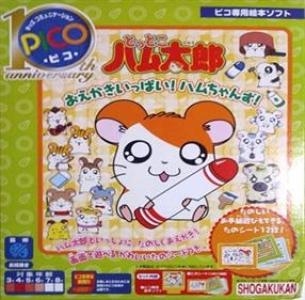
Tottoko Hamutaro: Lots of Drawing with Hamuchanzu
Tottoko Hamutaro: Lots of Drawing with Hamuchanzu (とっとこハム太郎 おえかきいっぱい! ハムちゃんず) is a Hamtaro-themed Sega Pico game released in 2002 by Seg
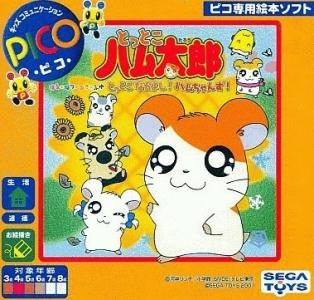
Tottoko Hamutaro: Haru-Natsu-Aki-Fuyu Tottoko Nakayoshi! Ham-chans!
Tottoko Hamtarou: Haru-Natsu-Aki-Fuyu Tottoko Nakayoshi! Ham-chans! (とっとこハム太郎 はる・なつ・あき・ふゆ とっとこなかよし! ハムちゃんず!), is a
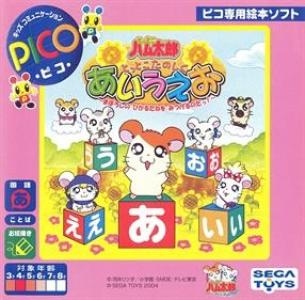
Tottoko Hamutaro: Fun with AIUEO - Find the Magical Sunflower Seed
Tottoko Hamutaro: Fun with AIUEO - Find the Magical Sunflower Seed (とっとこハム太郎 : とっとこたのしく あいうえお ~まぼろしの ひかるたねを みつ
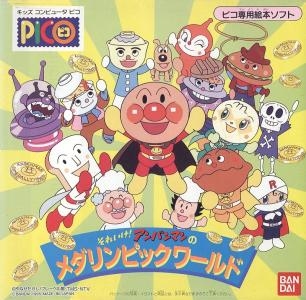
Soreike! Anpanman no Medalympic World
Soreike! Anpanman no Medalympic World (それいけ!アンパンマンのメダリンピックワールド) is a Sega Pico game based on the Anpanman franchise.
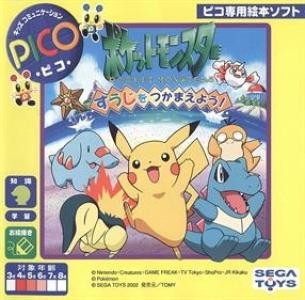
Pokemon: Catch the Numbers!
A Nintendo franchise has come to a SEGA console. Pocket Monsters: Sūji o Tsukamaeyou! is an educational game for younger players, based directly o...
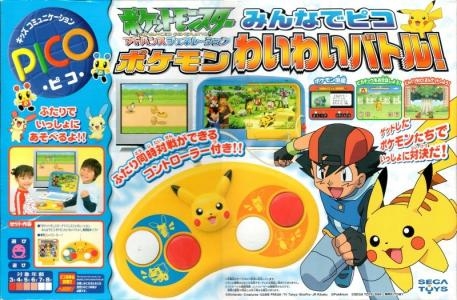
Pokémon Advanced Generation: Pico for Everyone - Pokémon Loud Battle!
Pokémon Advanced Generation: Pico for Everyone - Pokémon Loud Battle is a party game for the Sega Pico. A huge Pikachu controller is included to prov...
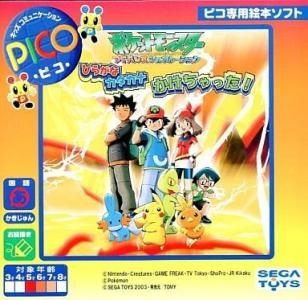
Pokémon Advanced Generation: I've Begun Hiragana and Katakana!
(Japanese: ポケットモンスターアドバンスジェネレーション・ひらがな カタカナ かけちゃった! Pokémon Advanced Generation: I've Begun Hiragana an
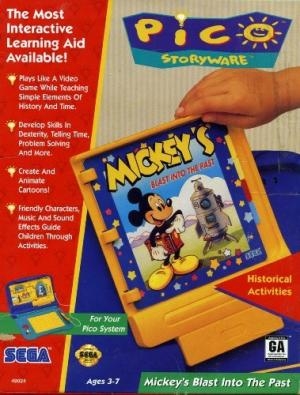
Mickey's Blast into the Past
Mickey's Blast into the Past, is a Sega Pico game involving Mickey Mouse. Released on August 1994 in United States.
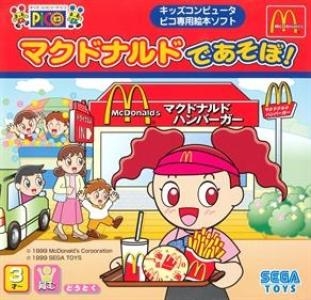
McDonald's de Asobo!
McDonald's de Asobo! is a Sega Pico game released by Sega Toys in 1999. It is a simple restaurant management simulator, which although is sponsored by...
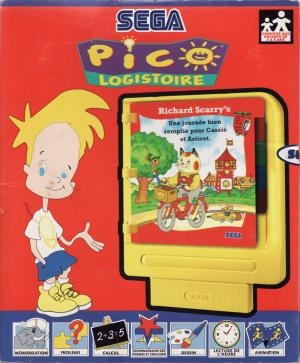
Huckle and Lowly`s Busiest Day Ever
Game based on the Richard Scarry series of books